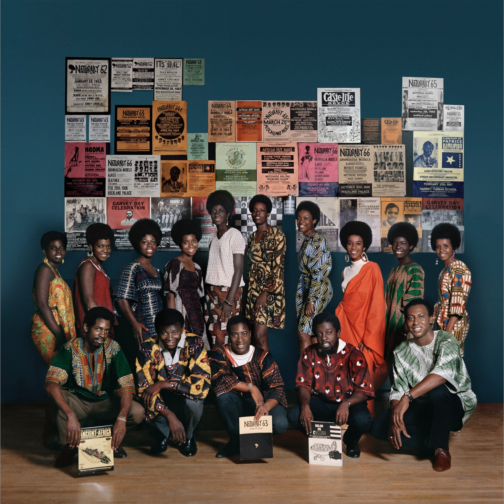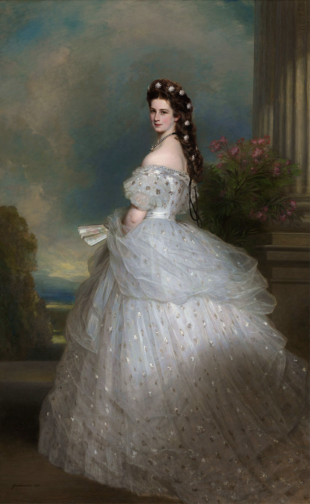We’ve been busy working on our dissertations, so we’re taking the opportunity to get to know the current MA Documenting Fashion students. Here, Rosie discusses Kwame Brathwaite, William Shakespeare’s Romeo + Juliet, and designer collections.
What was your Virtual Exhibition about?
My virtual exhibition was called Star-Cross’d Lovers: Costume, Symbolism, and Romance in Baz Luhrmann’s Romeo + Juliet (1996) and it focused on analysing the visual story of the film. During my research, I uncovered a wealth of information surrounding the choices made in the film and some of the recurring motifs. For example, water is a key motif throughout the film, and it acts as a kind of privacy screen for Romeo and Juliet. So, when we first meet Juliet she has her head submerged underwater, and we meet Romeo on the beach, with the sea behind him. Then, at the Capulet Ball, Romeo rinses his face to try and snap him out of his drug-induced haze, before locking eyes with Juliet through the fish tank. Later that night, the two meet in Juliet’s pool and they hide under the water from the prying eyes of the Capulet staff. Then, after the wedding, Romeo arrives at Juliet’s bedroom soaked from the rain during the battle with Tybalt, before leaving the next morning via the pool once again. To me, this imagery is as fascinating as it is beautiful, and doing this exhibition has increased my respect for Luhrmann as a director tenfold.
Who is your favourite designer?
That’s an incredibly difficult question because it is constantly changing for me! My top 5 collections at the moment are Simone Rocha SS22, Miu Miu pre-fall 2020, Miss Sohee FW22, Valentino FW16, and Schiaparelli SS22.
Favourite dress history photograph?
My favourite dress history photograph is by Kwame Brathwaite, a Harlem-based photographer who has formed the basis of my dissertation. This particular image is from a promotional photoshoot in 1968 for the annual Naturally show. Kwame and his brother Elombe Brath founded the African Jazz-Arts Society and Studios in 1956 and through this group, Kwame was able to document several decades of great change for Black Americans. The photograph features the Grandassa Models, an all-black, all-natural modelling troupe founded by the brothers to act as the physical manifestation of the Black is Beautiful slogan of the mid-1960s. Alongside them are the founding AJASS members and both on the wall behind them and in some members’ hands, are the promotional posters, portfolios, and brochures that the organisation produced to advertise the events they held. Most notably of these events, were the Naturally shows which featured the Grandassa Models and aimed to promote Blackness, Africanness, and naturalness as beautiful. Brief history out of the way, the reason that this image is my favourite is because of the vibrancy of the colours, those perfectly picked and rounded Afros, and the bold African textiles worn by so many of the group. It is a glorious expression of culture.

What is your favourite thing you’ve read this year?
Anything by Carol Tulloch, truly. Although, I especially enjoyed reading Style-Fashion-Dress at the start of the year as it gives such an interesting insight into the importance of language, and the ontology of our discipline’s language.
Which outfit from dress history do you wish you could wear?
Another difficult question but right now, I think I’d like to be wearing Empress Elisabeth of Austria’s magnificent Worth dress and hair jewels in Winterhalter’s 1865 portrait of her. (Reading this back as I’m editing and uploading this post has made me realise that one of last year’s lovely students also said this dress! It is unsurprising really that such an opulent and excessive outfit has a few of us spellbound.)

By Rosie Dyer

